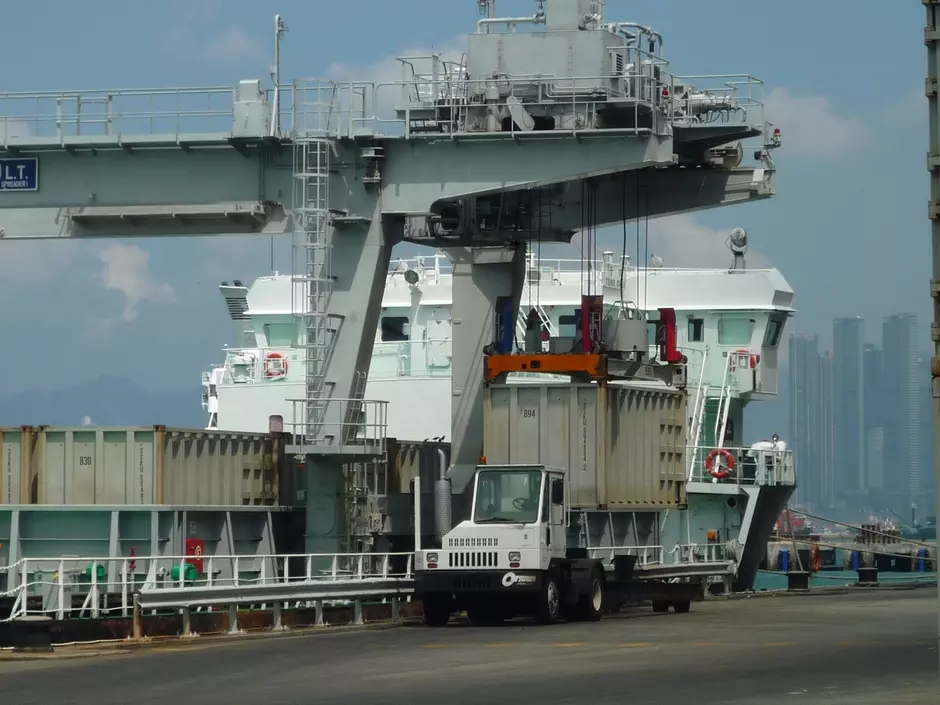Balance between waste and urban space
Hong Kong, an international metropolis populated by over 7 million people, produces about 6 million tons of waste annually, in a rising trend in the past few years. Facing with the challenges of high population density and limited land resources, the overall planning of waste transfer station must be carefully and strategically considered.
Firstly, the location of the facility needs to be close enough to where the waste is generated in order to minimize the road distance of refuse collectors running between the origin and the destination, while keeping a distance from the nearby residential area to reduce the nuisance to the lowest level. Moreover, the designs are applied with advanced environmental management and technology, and monitoring system to avoid possible secondary pollution of dust, odor, sewage, noise, etc.
The Island West Transfer Station (IWTS)
IWTS is a two-story facility excavated from a natural cave. The core activity is carried out within the cavern to confine the potential environmental impact. At present, the transfer station receives up to 1,000 tons of waste per day. The incoming waste, after being compressed in a standard ISO 20 feet anti-leakage containers, will then be transported by sea to the landfill for final disposal.
An integrated monitoring system is in place at IWTS that controls the dust and odor emission, sewage discharge and noise impact. Sewage collected will be primarily treated before discharging into the public sewer according to the statutory standard such as Water Pollution Control Ordinance or contractual requirement. It is also part of our responsibility to collect water samples for laboratory tests by a third-party examination body to ensure the compliance.



